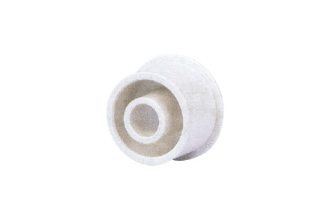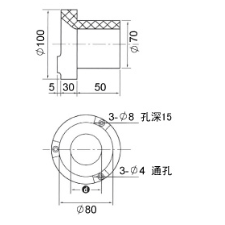Factory making Har P723 Riding Wheel Type Conveyor Parts to Berlin Manufacturers
Factory making Har P723 Riding Wheel Type Conveyor Parts to Berlin Manufacturers Detail:
Product detail pictures:
Our enterprise insists all along the standard policy of "product good quality is base of organization survival; client gratification could be the staring point and ending of an enterprise; persistent improvement is eternal pursuit of staff" and the consistent purpose of "reputation to start with, purchaser first" for Factory making Har P723 Riding Wheel Type Conveyor Parts to Berlin Manufacturers, The product will supply to all over the world, such as: Czech Republic, Brazil, Gabon, To create more creative products and solutions, maintain high-quality goods and update not only our products and solutions but ourselves so as to keep us ahead of the world, and the last but most vital one: to make every client satisfied with everything we present and to grow stronger together. To be the real winner, starts here!
Follow us at: https://plus.google.com/+tutorvista/
Check us out at https://chemistry.tutorvista.com/inorganic-chemistry/metallurgy.html
Blast Furnace
Modern furnaces are equipped with an array of supporting facilities to increase efficiency, such as ore storage yards where barges are unloaded. The raw materials are transferred to the stockhouse complex by ore bridges, or rail hoppers and ore transfer cars. Rail-mounted scale cars or computer controlled weight hoppers weigh out the various raw materials to yield the desired hot metal and slag chemistry. The raw materials are brought to the top of the blast furnace via a skip car powered by winches or conveyor belts.There are different ways in which the raw materials are charged into the blast furnace. Some blast furnaces use a “double bell” system where two “bells” are used to control the entry of the raw material into the blast furnace. The purpose of the two bells is to minimize the loss of hot gases in the blast furnace. First the raw materials are emptied into the upper or small bell. The bell is then rotated a predetermined amount in order to distribute the charge more accurately. The small bell then opens to empty the charge into the large bell. The small bell then closes, to seal the blast furnace, while the large bell dispenses the charge into the blast furnace.A more recent design is to use a “bell-less” system. These systems use multiple hoppers to contain each raw material, which is then discharged into the blast furnace through valves These valves are more accurate at controlling how much of each constituent is added, as compared to the skip or conveyor system, thereby increasing the efficiency of the furnace. Some of these bell-less systems also implement a chute in order to precisely control where the charge is placed.
The iron making blast furnace itself is built in the form of a tall chimney-like structure lined with refractory brick. Coke, limestone flux, and iron ore (iron oxide) are charged into the top of the furnace in a precise filling order which helps control gas flow and the chemical reactions inside the furnace. Four “uptakes” allow the hot, dirty gas to exit the furnace dome, while “bleeder valves” protect the top of the furnace from sudden gas pressure surges. When plugged, bleeder valves need to be cleaned with a bleeder cleaner. The coarse particles in the gas settle in the “dust catcher” and are dumped into a railroad car or truck for disposal, while the gas itself flows through a venturi scrubber and a gas cooler to reduce the temperature of the cleaned gas.The “casthouse” at the bottom half of the furnace contains the bustle pipe, tuyeres and the equipment for casting the liquid iron and slag. Once a “taphole” is drilled through the refractory clay plug, liquid iron and slag flow down a trough through a “skimmer” opening, separating the iron and slag. Modern, larger blast furnaces may have as many as four tapholes and two casthouses. Once the pig iron and slag has been tapped, the taphole is again plugged with refractory clay.The tuyeres are used to implement a hot blast, which is used to increase the efficiency of the blast furnace. The hot blast is directed into the furnace through water-cooled copper nozzles called tuyeres near the base. The hot blast temperature can be from 900 °C to 1300 °C (1600 °F to 2300 °F) depending on the stove design and condition. The temperatures they deal with may be 2000 °C to 2300 °C (3600 °F to 4200 °F). Oil, tar, natural gas, powdered coal and oxygen can also be injected into the furnace at tuyere level to combine with the coke to release additional energy which is necessary to increase productivity.
Please like our facebook page
https://www.facebook.com/tutorvista
We have been engaged in this industry for many years, we appreciate the work attitude and production capacity of the company, this is a reputable and professional manufacturer.

